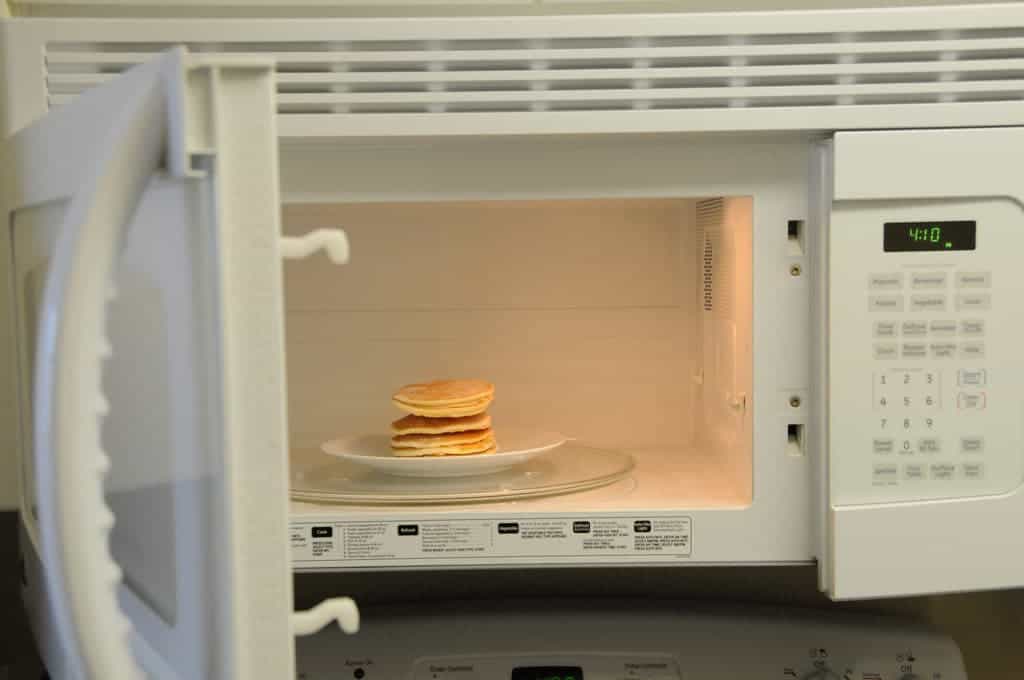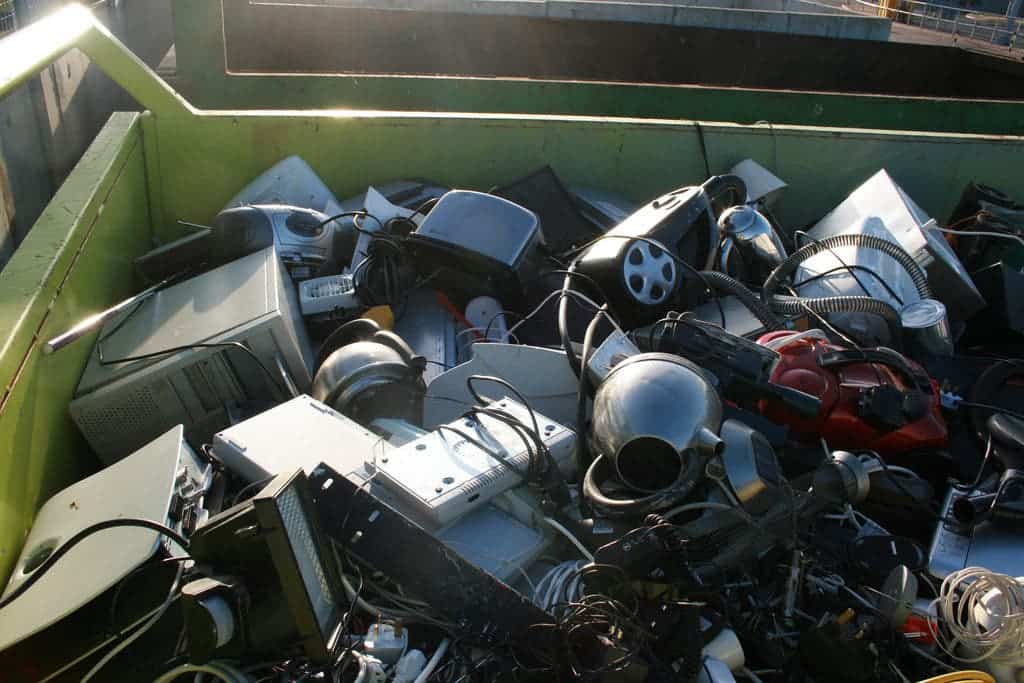Microwave ovens could be one of the EU’s largest polluters, new research has found.
Researchers at the University of Manchester say that microwave ovens have a much darker side than you’d first believe — these little appliances account for CO2 emissions comparable to those of nearly seven million cars, in the EU alone. The team carried out the first-ever comprehensive study of the environmental impact of microwaves from “cradle to grave”.
The study relied on life cycle assessment (LCA), a technique used to assess the environmental impacts of a product, summed up over all the stages of its life from raw material extraction to disposal or recycling. All in all, the team looked at 12 different factors which play into a commodity’s environmental impact, including ecological toxicity, depletion of natural resources, and contribution to climate change. Some highlights of their results include:
- Microwaves emit 7.7 million tonnes of carbon dioxide per year in the EU — equivalent to the annual emissions of 6.8 million cars.
- Microwaves across the EU consume an estimated 9.4 terawatts per hour (TWh) of electricity every year — roughly the amount generated by three large gas power plants.
The main environmental impacts identified by the researchers are raw material exraction and processing, the manufacturing process for the ovens, and end-of-life waste management. Manufacturing alone, the team reports, accounts for more than 20% of the total impact in the natural resource depletion and contribution to climate change brackets.
However, electricity consumption has the single largest impact on the environment among all the factors analyzed in the study. This included all energy used in the ovens’ life cycle, from fuels used in manufacturing to energy generation in power plants. All in all, the EU’s microwave ovens consume an estimated 9.4 TWh of electricity per year. Your average oven will thus burn through roughly 573-kilowatt-hour (kWh) of electricity over an eight-year lifetime. The team notes that this is equivalent to an LED turned on for almost nine years straight, despite the fact that microwave ovens spend 90% of their lifetime in idle, standby mode.
Disposable ovens
Another source of environmental damage stems from consumer habits in regards to the devices. In 2005, the EU as a whole generated 184,000 tones of electrical and electronic (EE) waste solely from discarded microwaves. By 2025, this quantity is estimated to reach 195,000 tonnes — roughly 16 million units thrown away in a single year.
“Rapid technological developments and falling prices are driving the purchase of electrical and electronic appliances in Europe,” says lead author Dr Alejandro Gallego-Schmid. “Consumers now tend to buy new appliances before the existing ones reach the end of their useful life as electronic goods have become fashionable and ‘status’ items.”
“As a result, discarded electrical equipment, such as microwaves, is one of the fastest growing waste streams worldwide.”
Overall, the lifespan of these ovens has dropped by nearly 7 years in the past two decades, the team adds, going from around 10 to 15 years in the late 90s to around 6 to 8 years today. Shorter lifespans have helped to increase the amount of EE generated from microwave ovens.
The authors show that existing regulation is not sufficient to address the environmental impact of these devices, and believe we’ll have to develop specific regulation targeting their design. Such measures should aim to reduce the quantity of resources that go into making the ovens, and recycling as much as possible from them at the end of their life cycle.
Efforts to reduce consumption should focus on improving consumer awareness and on teaching them to use these appliances more efficiently. For example, electricity consumption can be reduced by adjusting the time of cooking to each type of food.
“Given that microwaves account for the largest percentage of sales of all type of ovens in the EU, it is increasingly important to start addressing their impact on resource use and end-of-life waste”, Gallego-Schmid explains.
The paper “Environmental assessment of microwaves and the effect of European energy efficiency and waste management legislation” has been published in the journal Science of The Total Environment.











